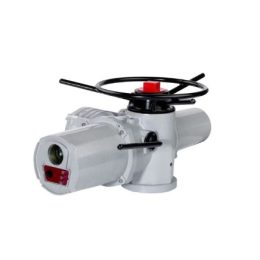What kind of valve does the boiler generally use
Introduction
A boiler is a mechanical device that uses heat energy to heat water into hot water or steam. The boiler consists of two parts: a pot and a furnace. The hot water or steam produced in the boiler can directly provide the thermal energy needed for industrial production and people’s lives. There are two types of boilers: hot water boilers and steam boilers. In this blog post, we will discuss the valves used in boilers.
Boiler shut-off valve
The boiler shut-off valve, also known as the main gas valve, is used to control the flow of gas to the boiler. Some boilers use plunger valves, but most use shut-off valves because they are more convenient to operate. The shut-off valve is important because it can cut off the gas supply in the event of an emergency, such as a gas leak. The blow-off valve is another important valve in a boiler. It is used to release excess pressure in the boiler. If too much pressure builds up in the boiler, it can explode. The blow-off valve is designed to prevent this from happening. Lastly, the ball valve water level gauge is used to measure the water level in the boiler. It is important to maintain the right water level in the boiler to ensure it functions properly.
Water supply system valves
The water supply system in a boiler includes the safety valve on the water treatment system pipeline, the drain valve, and other valves. The safety valve is used to release excess pressure in the water treatment system. The drain valve is used to drain water from the boiler. This is important because if water is left in the boiler for too long, it can cause corrosion and other problems.
Boiler trap and pressure reducing valve
The boiler trap is located at the bottom of the boiler. Its main function is to recover and utilize the boiler steam and discharge water. The pressure reducing valve is used to reduce the pressure in the boiler. If the pressure in the boiler is too high, it can cause damage to the boiler and its components. The pressure reducing valve ensures that the pressure is at the right level to keep the boiler functioning properly.
Conclusion
In conclusion, boilers use several types of valves to ensure they function properly and safely. The boiler shut-off valve, blow-off valve, and ball valve water level gauge are important valves that help regulate the flow of gas and water in the boiler. The water supply system valves, such as the safety valve and drain valve, help ensure the water in the boiler is at the right level and is not left in the boiler for too long. Lastly, the boiler trap and pressure reducing valve are important components that help control the pressure in the boiler. By maintaining these valves and components, the boiler can function properly and provide the thermal energy needed for industrial production and people’s lives.
- Socket Welding Check Valves: A Comprehensive Guide
- The Role Of Safety Valve And Precaution For Use
- Ball Valve Maintenance and Installation
- How to choose electric valve and pneumatic valve
- “Understanding the Benefits of Trunnion Ball Valves for Efficient Fluid Regulation”
- Points To Keep In Mind When Installing Valves



